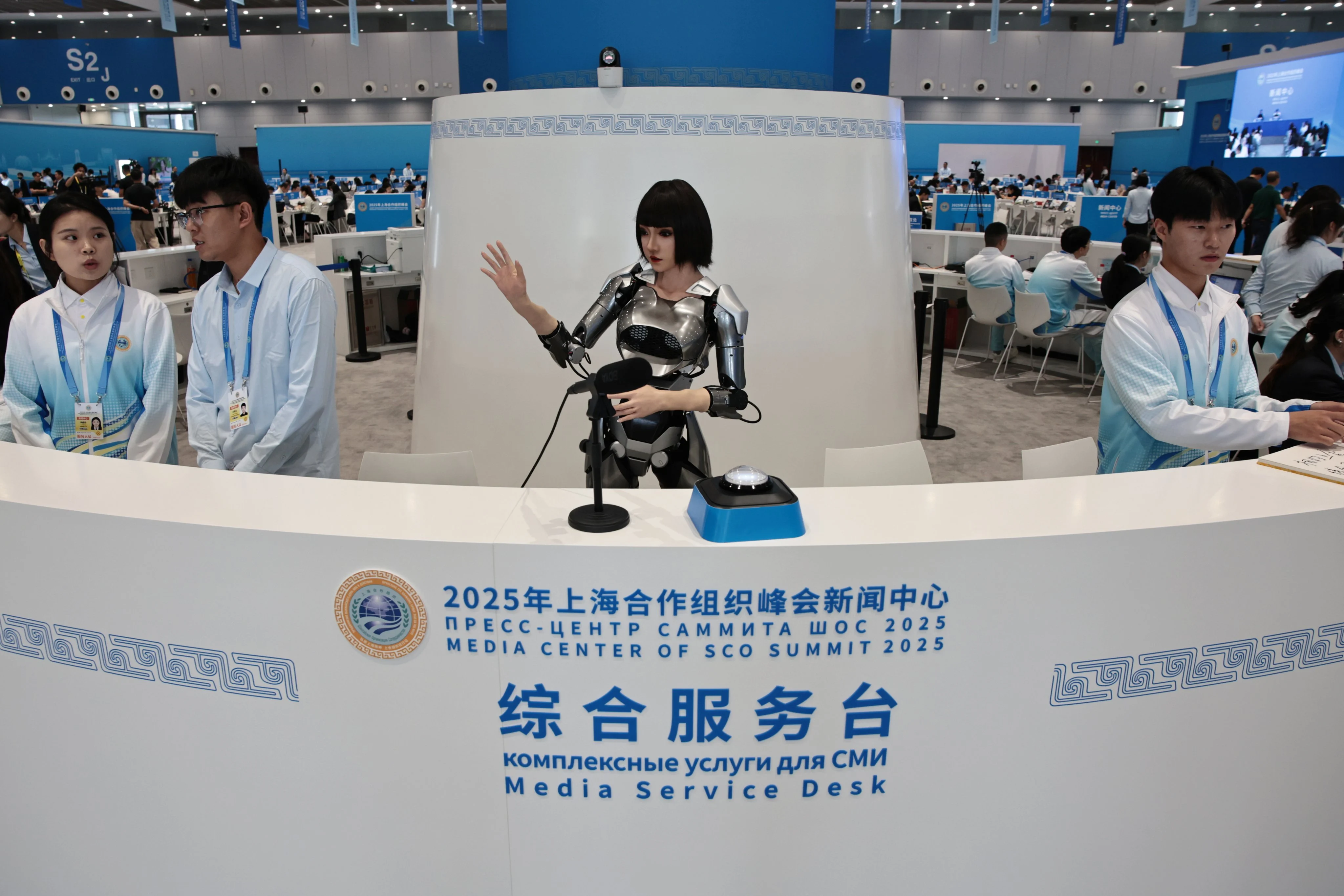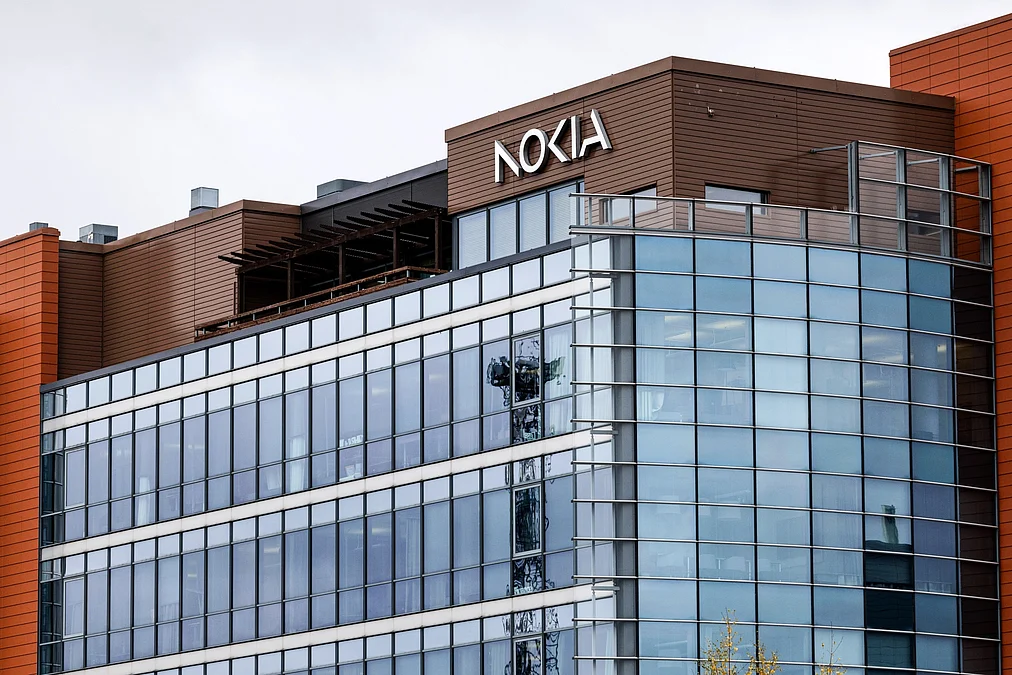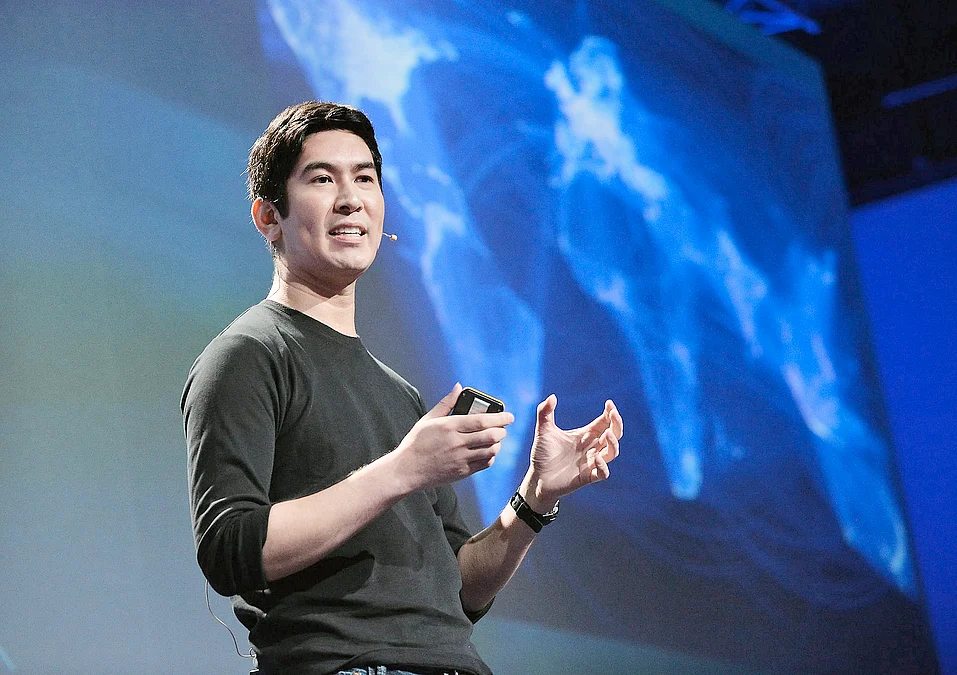By Tilly Zhang
Copyright scmp

Regardless of how trade talks go, the US-China tech rivalry isn’t going away. From each side’s perspective, maintaining a lead in futuristic technologies matters significantly for economic growth and national power. Now, we’re entering round two.
The first round was mostly defined by US export controls aimed at slowing China’s development of advanced technologies. These measures might have delayed Chinese progress, but they didn’t stop it. As China gradually catches up in chips and artificial intelligence (AI), the competition has shifted. It’s no longer just about who can build the most advanced products, but also who can market them more effectively to global users.
While the US holds a clear technological advantage on most fronts, China emphasises cost-effectiveness and a supportive manufacturing supply chain. For leading companies in this battle, the goal is not only commercial success, but also advancing their nation’s long-term ambition for global tech leadership.
Chinese companies can now produce much of what the US has tried to restrict. AI models like those from DeepSeek are improving, chips from companies like Huawei are being commercialised and Semiconductor Manufacturing International Corporation (SMIC) is testing new types of advanced semiconductor equipment. With a growing downstream market in areas such as autonomous driving and intelligent robots, China can offer alternatives to the global market.
The US still leads in quality across nearly every domain. But making the best product doesn’t always guarantee market dominance. China’s strength lies in cost-performance advantages. For example, Chinese AI models deliver comparable results at a fraction of the cost of US offerings. Thanks to the scope and scale of China’s domestic supply chain, companies can repurpose suppliers for electric vehicles (EVs) and industrial robots to adapt to new areas like robotaxis and humanoid robots.
As both sides deliver increasingly advanced tech to the market, capturing share has become central. The US made this explicit in its AI Action Plan: “Whoever builds the largest AI ecosystem will set global AI standards and reap broad economic and military benefits.” Market success now determines not just economic and military power, but also the ability to set global rules for emerging industries.
This helps explain much of the recent news, such as the US demanding that no country use Huawei’s AI chips and US President Donald Trump negotiating AI deals in the Middle East and Britain, while restricting more Chinese tech products like OLED displays. China has pushed back by restricting domestic sales of Nvidia’s chips and launching an anti-dumping probe into analogue chips from the US.
China also proposes setting up a global AI organisation centred around itself. Without mentioning the US, Premier Li Qiang warned of the danger of AI becoming an “exclusive game” if key resources and capabilities were “concentrated in a few countries and a few enterprises”.
Both Washington and Beijing aim to weaken the other’s tech ecosystem while strengthening their own. When it comes to setting mainstream global tech standards, technological advancement and market success don’t always align. In reality, hi-tech solutions that take too much effort can lose out to “good enough” alternatives that can be rolled out quickly.
In the EV battery race, China’s promotion of lithium-iron-phosphate batteries gained traction not because they were of higher quality than nickel-manganese-cobalt versions, but because they struck a better balance between performance and cost.
Similarly, Huawei’s push for sub-6 GHz 5G standards gained significant global support compared to Qualcomm’s endorsement of higher-frequency mmWave, because it was easier to commercialise at scale. Going forward, US and Chinese companies will need to balance strengths and weaknesses by not only pursuing superior solutions but also designing strategies that meet market needs.
It’s still too early to tell who has the edge in the global market. On one hand, the US has secured several major overseas AI deals and is bolstering domestic champions. Nvidia’s investment in Intel and OpenAI, regardless of whether it’s formally encouraged by Washington, is likely to be shielded from antitrust challenges.
For the US, collaboration between its strongest players in tech helps create an unmatched edge in product offerings. Even if it mainly pressures domestic rivals like AMD in the short term, Nvidia’s investment represents a formidable long-term obstacle for Chinese competitors.
Meanwhile, Chinese firms such as Alibaba and Tencent are quietly expanding AI cloud services overseas, making their models more affordable and widely available. In June, Alibaba said its Qwen had built the largest open-source AI ecosystem with over 100,000 derivative models built worldwide.
Domestic humanoid robots are being mass-produced at comparable quality but much lower prices than US counterparts. China’s EV and drone supply chains are being adapted for more advanced products, including electric aircraft and robotaxis. For many companies, applying the “cost-performance” strategy that has worked in areas from consumer tech to frontier technologies seems well within reach.
The US-China tech rivalry is a long-term and multifaceted struggle. As market adoption becomes the new battleground, companies in both the US and China will face stronger support at home and resistance abroad. Leadership in technology is decided not only in labs but also in markets. Every consumer, by choosing which AI assistant to use or which car to buy, casts a vote that shapes the outcome of this global rivalry in both technology and power.



